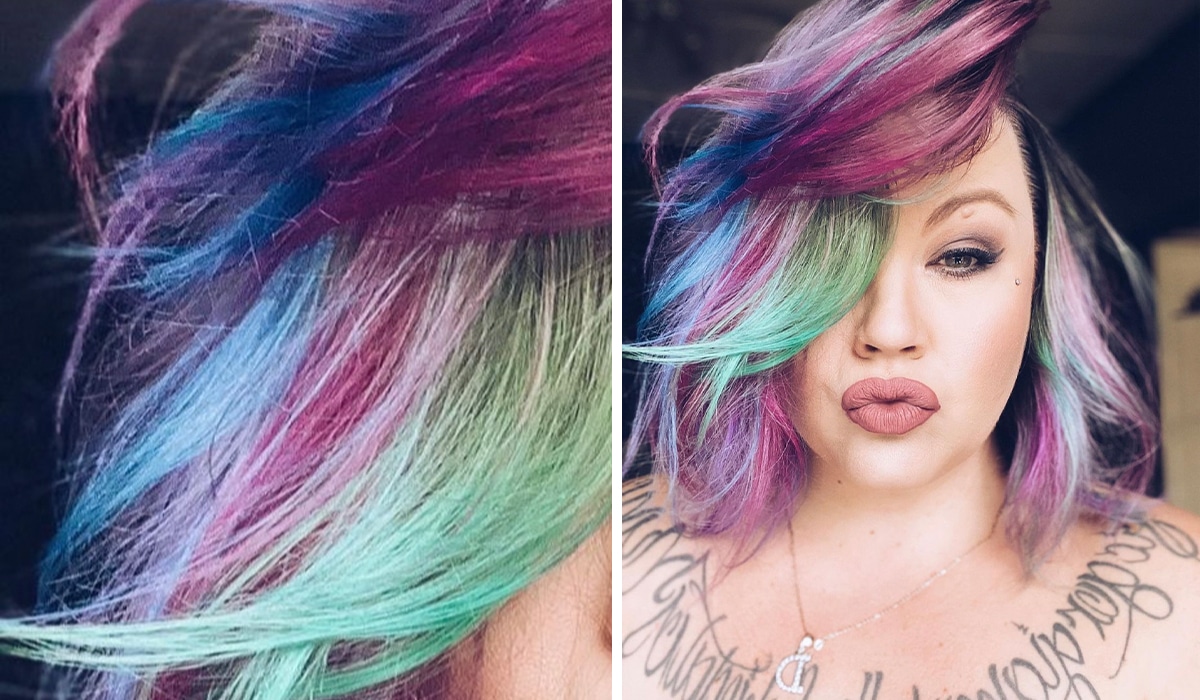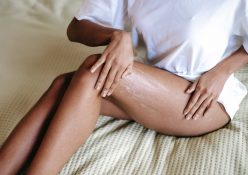We explore three of the most common hair textures and share Jacaranda FM’s Danny Painter’s top tips to help with your mane goals.
From chopping it all off to trying new styles, colours and treatments, Danny has put her hair through it all – and has made sure that her hair is kept healthy in the process. “I’ve always been really experimental with my hair, from bald to long and bleached blonde and everything in between,” Danny shares. “I love having fun with my hair and trying new things. Remember, it’s just hair: it will always grow back!”
View this post on Instagram
H2: Natural Textured
Natural hair should be considered a national treasure. A rich leave-in conditioner can be the difference between frizzy and defined coils, which will determine your overall shape. Also, go easy with hard bristles on your brush, as this can cause unwanted breakage. Rather go for a gentle approach – your hands and fingers, and a soft-bristled toothbrush for edges or a buzz cut.
TIP: Avoid daily washes
Wash your hair less frequently to preserve and regulate the natural oil production and keep the scalp hydrated. Use a gentle cleanser or try washing with conditioner. This will involve a bit more massaging, light detangling and really working the product thoroughly into your scalp. Alternatively, use diluted apple cider vinegar as a cleansing rinse instead of shampoo, and condition as normal.
“I’m a once or twice a week girl and it has done wonders for my hair! The analogy Jonathan Van Ness from the reality TV series Queer Eye has always shared has stuck with me. He says ‘If you washed your favourite shirt every day, it would end up tattered and worn, don’t do that with your hair’”.

Fine
You may associate fine texture with thinning hair, but this is not always the case. You can have thick hair, meaning lots of it, but the individual hairs are smaller in diameter, which means your hair is more prone to breakage than those with a coarser texture. The word ‘fine’ only really describes the texture of the hair, and not the amount you have. Generally, your hair will get oilier quicker, because it is less porous than other hair types, which means you may have to wash a little more frequently. It’s how you wash it that will make the difference.
Tip: The products you use matter
Only wash the roots, and simply rinse out the ends. Then, condition just the ends, and leave the roots clean. This will ensure you keep some volume and that no product build-up will occur quicker than it should. Stay away from oil-based products that could add to the weighing down of your delicate hairs and stick to volumising mousses, mists and sprays that will expand the shaft and boost volume.
“KMS taught me so much about layering product to get the best results and I was blown away. Research your hair type and learn how to use the amazing products we have available to make it the mane of your dreams.”
View this post on Instagram
Frizzy
Frizzy hair usually gets associated with tight curls, although other, straighter textures can also fall victim. What it comes down to is dryness. When hair is dry, the top layer of the hair’s cuticle gets raised, allowing humidity through, resulting in the swelling of the shaft, and voila: frizz!
TIP: Use a heat-protector when drying
With your next wash, try adding a little bit of hair oil to the lengths of the hair while still wet. Use this to detangle, and then rinse if necessary. This will calm down the frizz, smoothen it out and lock in some moisture, all without compromising texture. When it comes to drying your hair, it will totally depend on exactly how curly your hair is, as the humidity around you plays a big role here.
To play it safe, let your hair air-dry, or use a diffuser. If natural volume is your thing, try a matt wax to define the curls and lock in more moisture. Danny urges you to not forget to use heat protection: “It works. Don’t leave this step out!”







